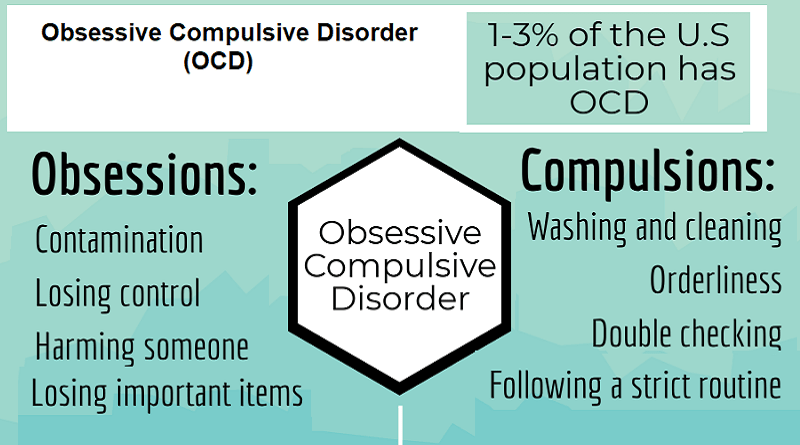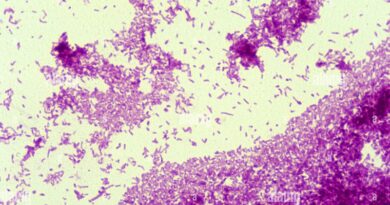Obsessive Compulsive Disorder (OCD) Symptoms, Causes, and Treatment Options
Obsessive-Compulsive Disorder (OCD) is a is a common, chronic, and long-lasting health condition. It is characterized by unwanted harmful thoughts and symptoms. It is so common, affecting millions of people worldwide. Symptoms include intrusive, unwanted thoughts, images, or urges (obsessions), which lead to repetitive behaviors or mental acts (compulsions) aimed at reducing anxiety or preventing harm. While most people, who are normal, experience occasional intrusive thoughts, those with OCD can’t control them and spend hours each day performing rituals, checking, cleaning, or seeking reassurance.
OCD affects people of all ages, genders, and cultural backgrounds, and can significantly impair their daily functioning and quality of life. People with OCD, usually, feel ashamed to discuss their symptoms with others. So, they opt for social isolation and stay with untreated mental distress. However, This condition is treatable, and seeking professional help can reduce symptoms.
Symptoms of Obsessive-Compulsive Disorder (OCD):
Obsessive-Compulsive Disorder (OCD) symptoms can vary in intensity, frequency, and content, but most people with OCD experience the following three main symptoms:
- Obsessions:
Persistent and intrusive thoughts, images, or urges that are distressing, irrational, or unwanted. Common obsessions include fear of contamination, harm, or making mistakes, unwanted sexual or aggressive thoughts, and religious or moral obsessions. - Compulsions:
Repetitive behaviors or mental acts that are aimed at reducing anxiety or preventing harm, but provide only temporary relief. Common compulsions include excessive cleaning, checking, counting, ordering, hoarding, or seeking reassurance. - Avoidance:
Avoiding situations or triggers that may trigger obsessions or compulsions, leading to social isolation, decreased productivity, or impaired relationships.
Some common examples of obsessions and compulsions
- Fear of contamination:
People with this obsession have an intense fear of germs or dirt and feel a strong need to wash or clean themselves or their surroundings repeatedly. For example, they may avoid touching doorknobs, shaking hands, or using public restrooms. They may also spend hours cleaning their homes or personal belongings, such as clothing or dishes. - Need for symmetry or exactness:
People with this obsession feel a strong need to arrange objects or perform actions in a precise, symmetrical, or organized way. For example, they may spend hours rearranging furniture, counting steps, or arranging food on a plate. They may become upset if things are not symmetrical or in the right order. - Fear of harm:
People with this obsession have intrusive thoughts about harming themselves or others and feel a need to perform certain rituals or compulsions to prevent harm from occurring. For example, they may avoid sharp objects, avoid certain places or people, or constantly check locks or appliances to ensure safety. - Intrusive sexual or aggressive thoughts:
People with this obsession have unwanted, intrusive thoughts or images about committing a sexual or aggressive act. For example, they may have thoughts about harming a loved one or engaging in inappropriate sexual behavior. These thoughts may cause extreme anxiety and lead to compulsive behaviors to prevent acting on the thoughts. - Religious or moral obsessions:
People with this obsession have intrusive thoughts related to religious or moral beliefs that conflict with their values or cause significant distress. For example, they may have intrusive thoughts about blasphemy or engage in immoral behavior. They may spend hours praying, seeking reassurance from religious figures, or confessing sins to alleviate their anxiety.
Causes of OCD:
The exact cause of OCD is not fully understood, but it is likely due to a combination of genetic, environmental, and neurological factors. Some people may have a family history of OCD, indicating a genetic predisposition. Others may develop OCD after a traumatic event, illness, or major life change, leading to increased stress and anxiety. Neurological studies have found that people with OCD have increased activity in the basal ganglia, a brain region involved in regulating repetitive behaviors, and decreased activity in the prefrontal cortex, a brain region involved in decision-making and planning.
Treatment options for Obsessive-Compulsive Disorder (OCD):
OCD is a treatable condition, and seeking help from a mental health professional is the first step toward recovery. The most effective treatment options for OCD include:
- Cognitive-behavioral therapy (CBT):
This is a type of therapy that focuses on identifying and changing negative thought patterns and behaviors that contribute to OCD symptoms. CBT includes exposure and response prevention (ERP), a technique that gradually exposes people to their feared situations or triggers and helps them resist performing compulsions. - Medication:
selective serotonin reuptake inhibitors (SSRIs), a type of antidepressant medication, can help reduce OCD symptoms by increasing serotonin levels in the brain. - Deep brain stimulation (DBS):
a neurosurgical procedure that involves implanting electrodes in the brain to regulate abnormal brain activity in people with severe OCD who do not respond to other treatments.
SUMMARY
Obsessive Compulsive Disorder (OCD) is a common chronic mental health condition that can significantly impact a person’s life. It is essential to understand the symptoms, causes, and treatment options for this condition, and seek help from a mental health professional. With the right treatment and support, people with OCD can manage their symptoms and improve their overall well-being. Remember, you are not alone, and there is hope for recovery.




